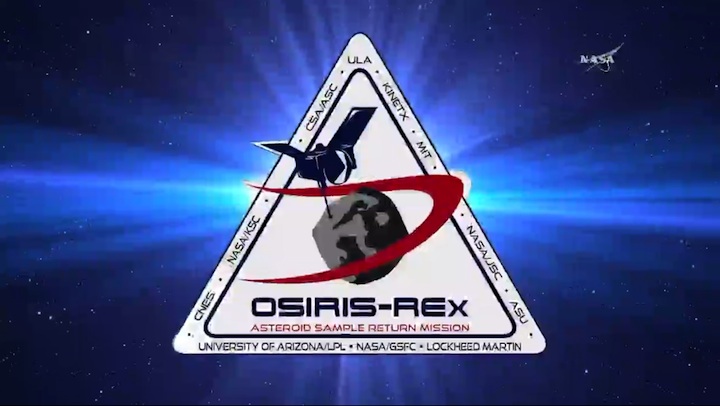.


25.03.2017
During an almost two-week search, NASA’s OSIRIS-REx mission team activated the spacecraft’s MapCam imager and scanned part of the surrounding space for elusive Earth-Trojan asteroids — objects that scientists believe may exist in one of the stable regions that co-orbits the sun with Earth. Although no Earth-Trojans were discovered, the spacecraft’s camera operated flawlessly and demonstrated that it could image objects two magnitudes dimmer than originally expected.
The spacecraft, currently on its outbound journey to the asteroid Bennu, flew through the center of Earth’s fourth Lagrangian area — a stable region 60 degrees in front of Earth in its orbit where scientists believe asteroids may be trapped, such as asteroid 2010 TK7 discovered by NASA’s Wide-field Infrared Survey Explorer (WISE) satellite in 2010. Though no new asteroids were discovered in the region that was scanned, the spacecraft’s cameras MapCam and PolyCam successfully acquired and imaged Jupiter and several of its moons, as well as Main Belt asteroids.
“The Earth-Trojan Asteroid Search was a significant success for the OSIRIS-REx mission,” said OSIRIS-REx Principal Investigator Dante Lauretta of the University of Arizona, Tucson. “In this first practical exercise of the mission’s science operations, the mission team learned so much about this spacecraft’s capabilities and flight operations that we are now ahead of the game for when we get to Bennu.”
The Earth Trojan survey was designed primarily as an exercise for the mission team to rehearse the hazard search the spacecraft will perform as it approaches its target asteroid Bennu. This search will allow the mission team to avoid any natural satellites that may exist around the asteroid as the spacecraft prepares to collect a sample to return to Earth in 2023 for scientific study.
The spacecraft’s MapCam imager, in particular, performed much better than expected during the exercise. Based on the camera’s design specifications, the team anticipated detecting four Main Belt asteroids. In practice, however, the camera was able to detect moving asteroids two magnitudes fainter than expected and imaged a total of 17 Main Belt asteroids. This indicates that the mission will be able to detect possible hazards around Bennu earlier and from a much greater distance that originally planned, further reducing mission risk.
Scientists are still analyzing the implications of the search’s results for the potential population of Earth-Trojan asteroids and will publish conclusions after a thorough study of mission data.
NASA's Goddard Space Flight Center in Greenbelt, Maryland, provides overall mission management, systems engineering and the safety and mission assurance for OSIRIS-REx. Dante Lauretta of the University of Arizona, Tucson, is the principal investigator, and the University of Arizona also leads the science team and the mission's observation planning and processing. Lockheed Martin Space Systems in Denver built the spacecraft and is providing flight operations. Goddard and KinetX Aerospace are responsible for navigating the OSIRIS-REx spacecraft. OSIRIS-REx is the third mission in NASA's New Frontiers Program. NASA's Marshall Space Flight Center in Huntsville, Alabama, manages the agency's New Frontiers Program for its Science Mission Directorate in Washington.
Quelle: NASA

